Hunting Island Storms
Southern summer comes to an end.
The warm December weather was bound to end at some point. We didn’t get far into January before that old cold north wind found us. It came roaring in one night, throwing palm fronds and bombing pine cones down on the bus all through the night. The next morning the entire campground was littered with debris. I haven’t been up top to inspect yet, but it doesn’t seem like we suffered too much damage, aside from some lost sleep.
Behind the wind came the cold, putting an end to our days in bathing suits, at least for a little while. I know people think we’re crazy, being out here in the cold. But I grew up by the sea, and my love of it goes way beyond warm weather. I am happy beside the sea in any weather. The ocean on a cold, windy day is as beautiful and wonderful as a day of sunshine and warmth. The best part is that when it’s only 45 degrees and rain is spitting in a 20 knot wind you’ll typically have the beach to yourself.
And cold doesn’t mean we don’t swim, it just means we get a lot more strange looks when we do. One afternoon I took the kids down to go swimming, but it turned out the beach was completely engulfed in cloud. It only went about 100 yards inland, but once you crested the last dune it was like stepping into an eerie black and white world.
Since we were on Hunting Island when the pandemic hit and everything shut down, we never had a chance to explore it much. This time around we were able to get out more and do some hiking. South Carolina’s coastal state parks don’t have a ton of land in most cases, so there’s not much hiking in terms of mileage, but very few people seem to do anything but go to the beach, which leaves the trails mostly deserted.
One morning we packed a few snacks, filled our water bottles, and headed out to do a little hike through the coastal forest. Hunting Island is covered by a dense maritime forest that’s taken root in some ancient sand dunes. That’s actually about all the island is really, and it’s in trouble as rising sea levels push the water tables higher, but we got distracted from all that when we spied a boardwalk that struck out in the opposite direction, off the backside of the island, across the inland marsh to an island.
The salt marsh is what’s called a Spartina marsh, after the dominant cordgrass, various species of Spartina. Three things make low country marshes what they are, the Spartina, the oysters, and the salty tides constantly pulling water in and out. Spartina is able to desalinate the water, if you climb down in the pluff mud and run your fingers along the bottom side of a blade you’ll find salt crystals.
Birds love the cordgrass because it provides plenty of places to hide. Walking out on the boardwalk to the island the kids and I spotted almost a dozen species, including clapper rails, which emerged from hiding scolding our intrusion in their world.
The kids are getting to be good birders, they bring their notebooks and write down everything they see, and then later draw pictures of them.
It was a windy day though, so after a while out in the exposed marsh we decided to head back and duck into the forest for some shelter from the wind. In the parking lot, when we were getting ready to go, we ran into a man who told us how to get to the lagoon using a different route, so we ended up leaving the car where it was and finding the trail down the road that cut across the forest to the ocean.
Hunting Island isn’t very large, and it seems very heavily managed, but somehow it manages to have one of the wildest, more primordial-feeling forests I’ve ever hiked through. The maritime mix of palms and pines and oaks always has an otherworldly feel to it to me, like you’ve somehow made it back to the Mesozoic. It probably helps that this little stretch of ancient dunes, which couldn’t have been more than half a mile across, seemed to have more bird species in one place than anywhere else we’ve been.
And then all the sudden it ends with a salt lagoon emptying out to sea, surrounded by the stark bleached remains of trees that tried to live too close to a shore that’s forever shifting.
The day we emerged from the woods the storms were still hanging around the edges, giving the place a sense of wildness that made it remarkable to think there was a crowded fishing pier less and a mile down the coast. So far we were concerned it felt like we were the only people on earth.
The kids ran around playing on the shore while Corrinne and I sat and hashed out some plans for the near future. We’re flying a little less by the seat of our pants these days, which means a little more preparation is needed. And these things they call reservations.
We watched as the clouds gave way to sun for a while, and then moved back in, just like the fog had a few days before. It was almost like Patrick’s Point, although not quite that dramatic. Eventually the nuts and dried fruit that was tiding us over ran out, and we headed back. We took the long way, walking the length of the lagoon and back up through the forest, with the kids identifying plants and birds as we went. A good day on the path.
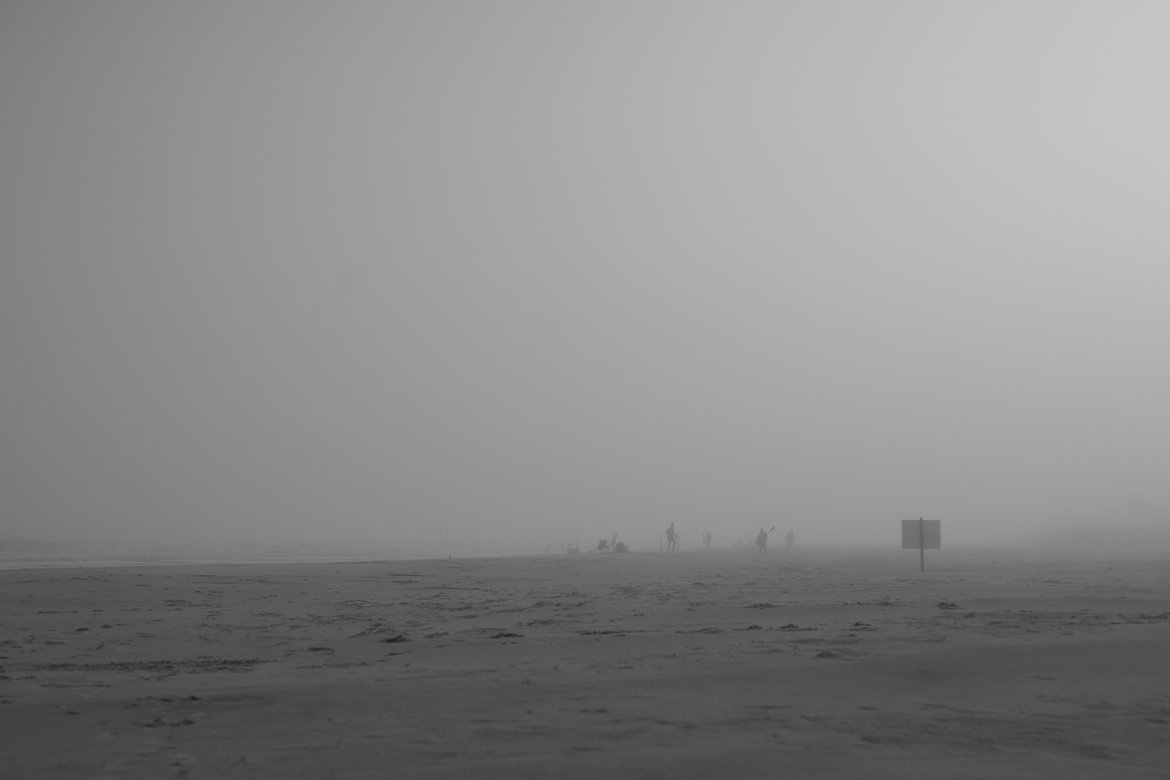
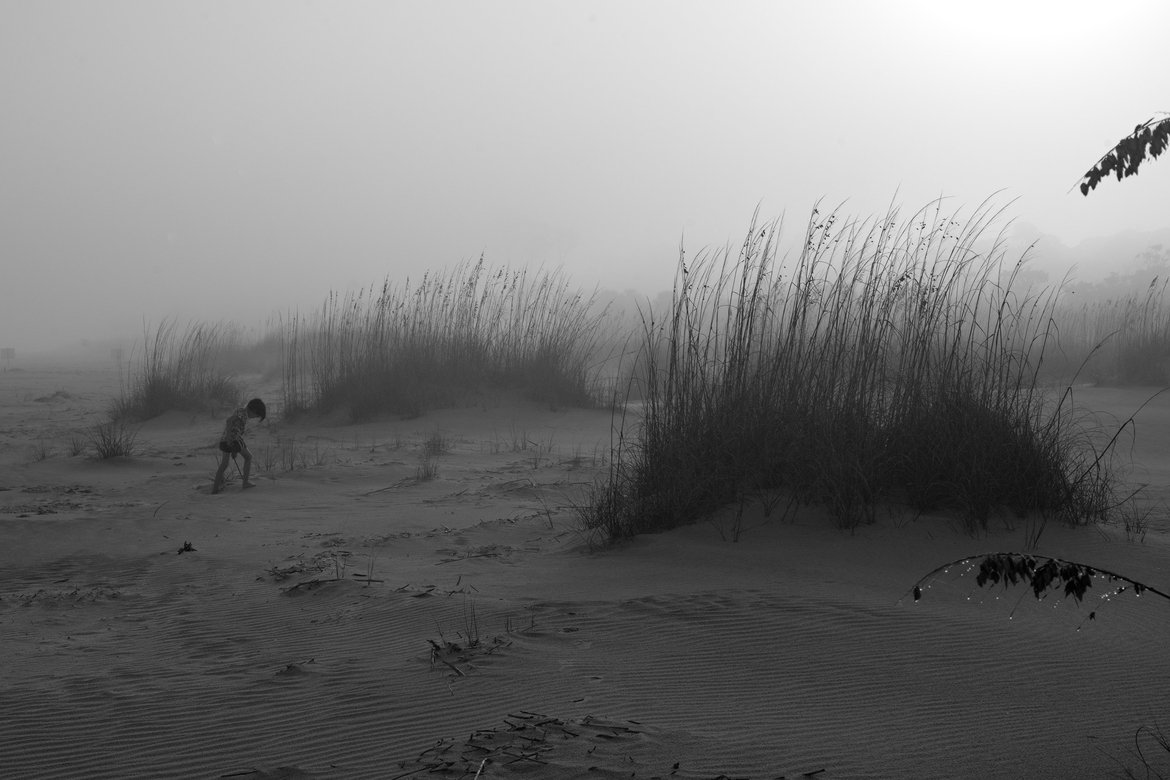
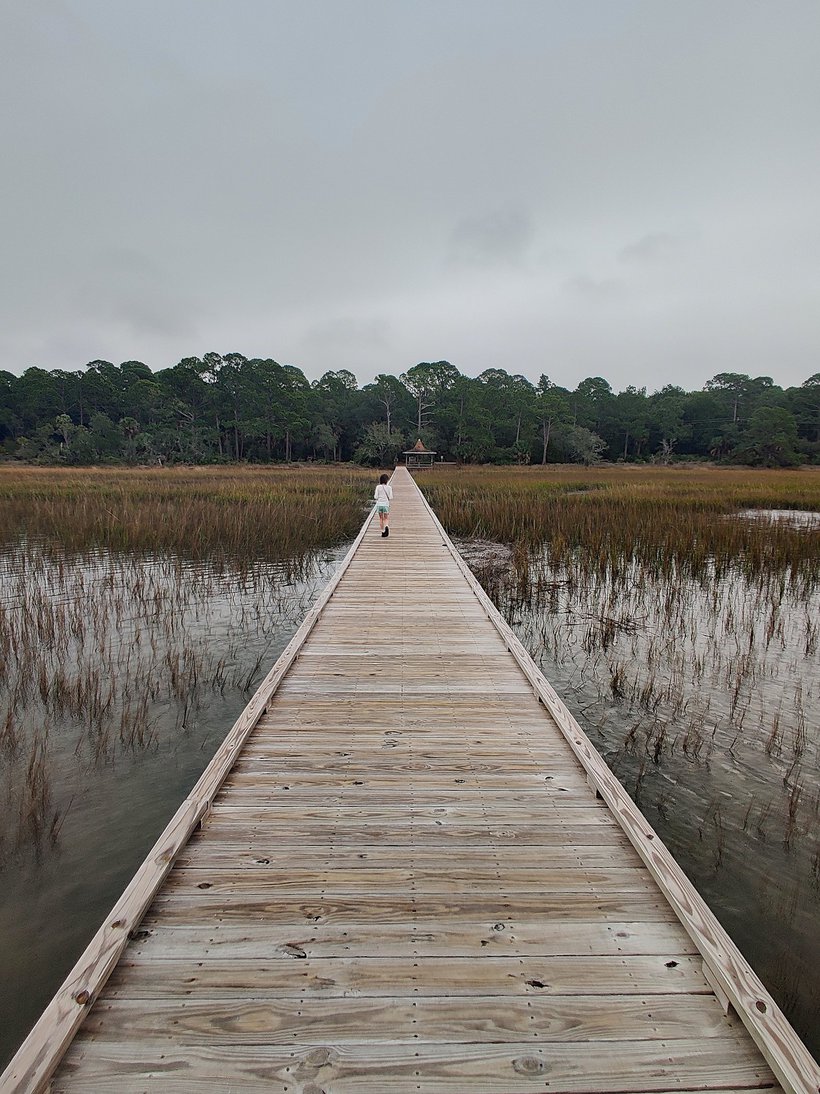
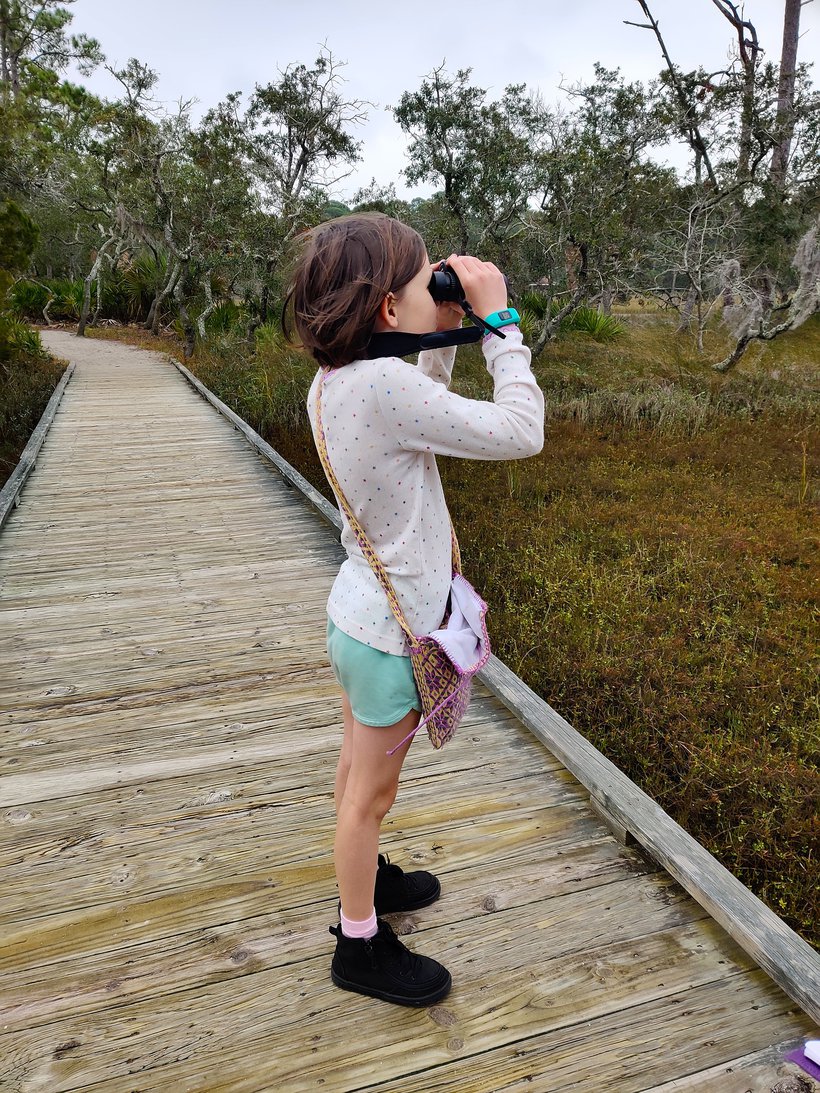
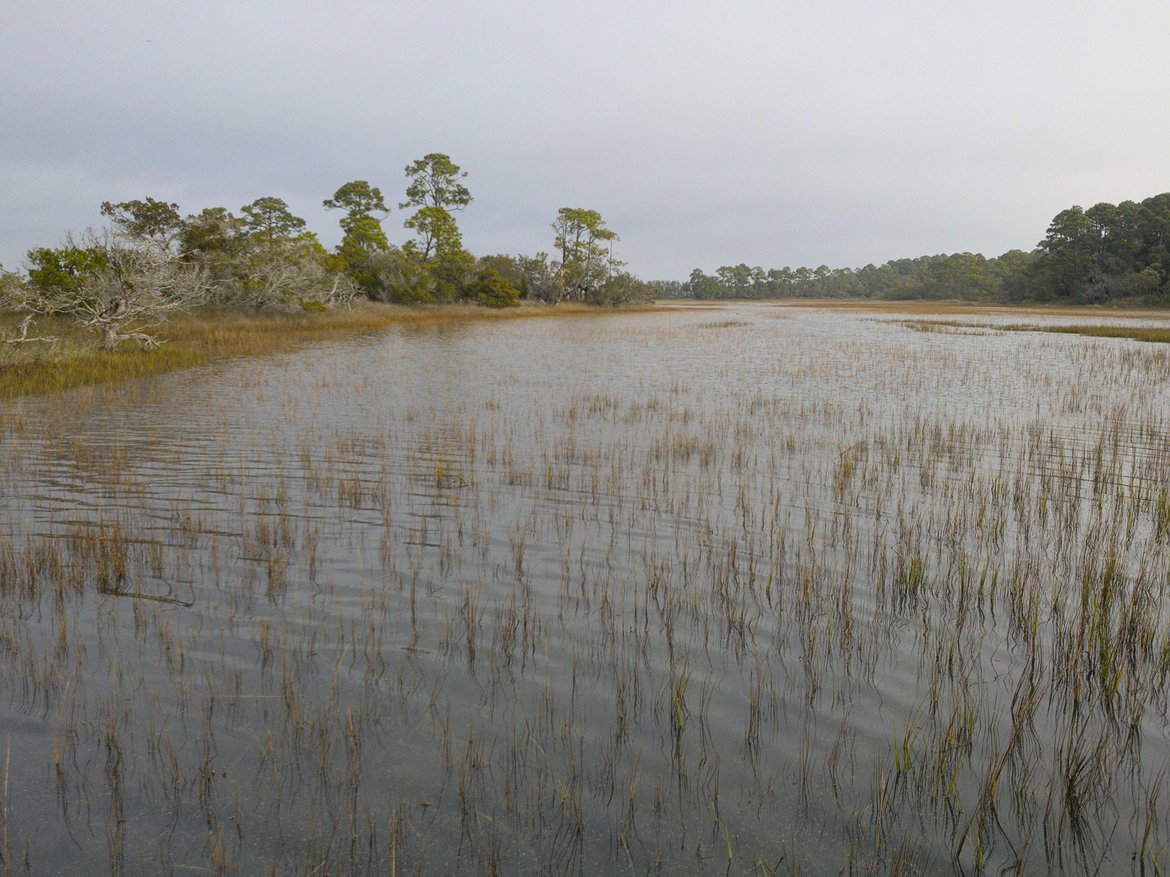
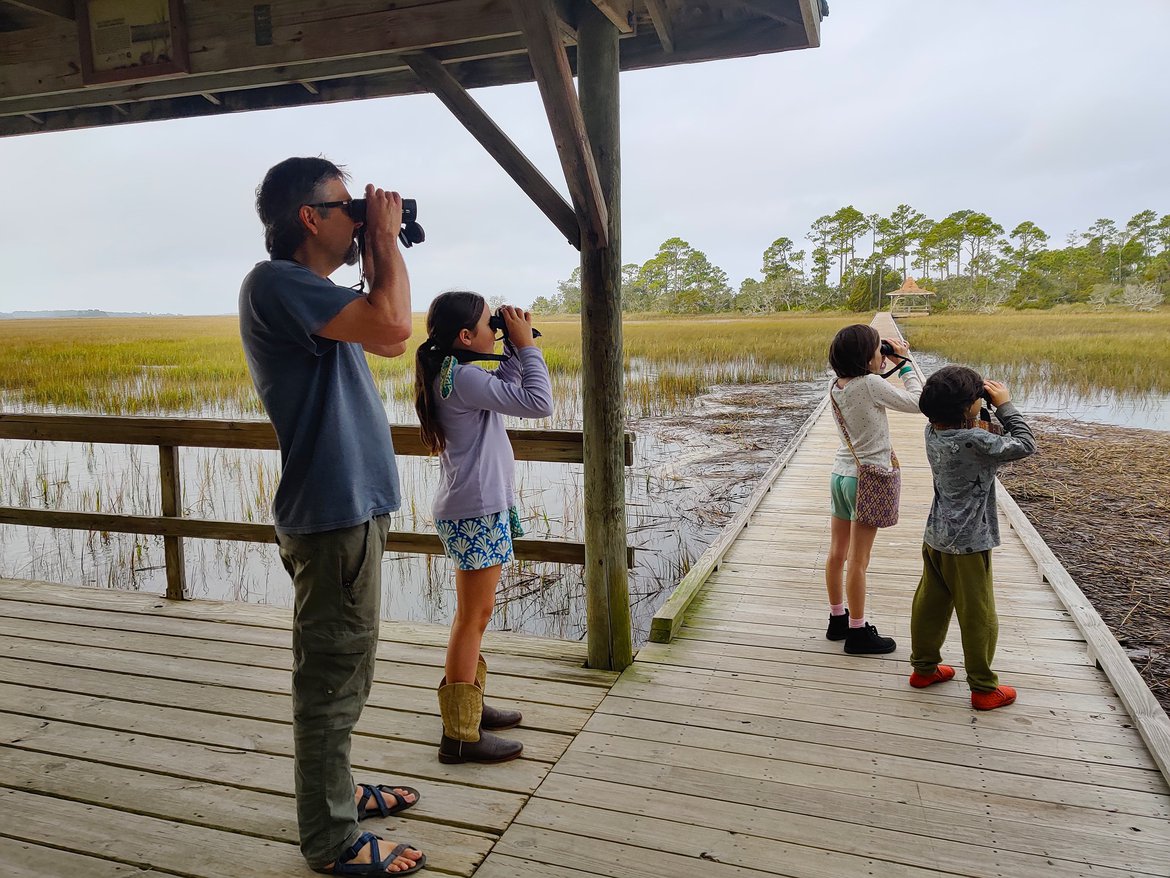
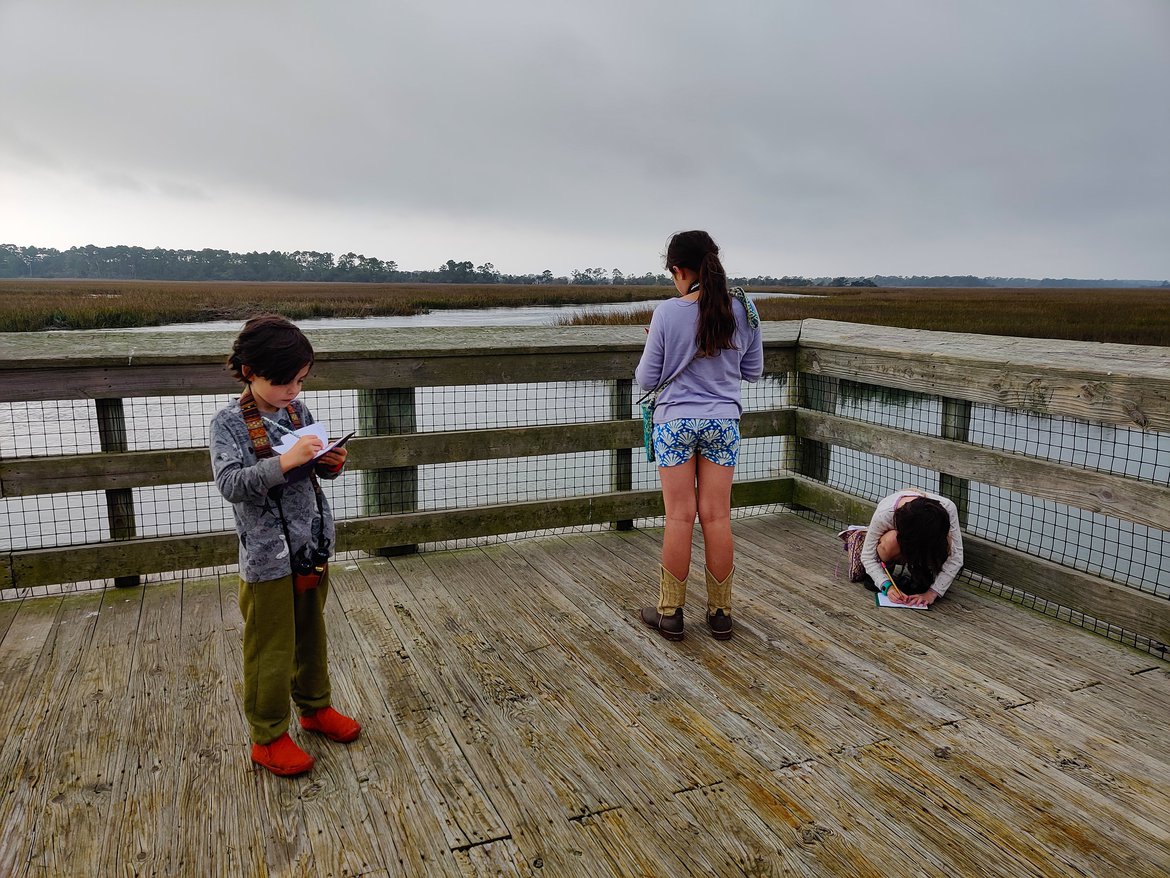
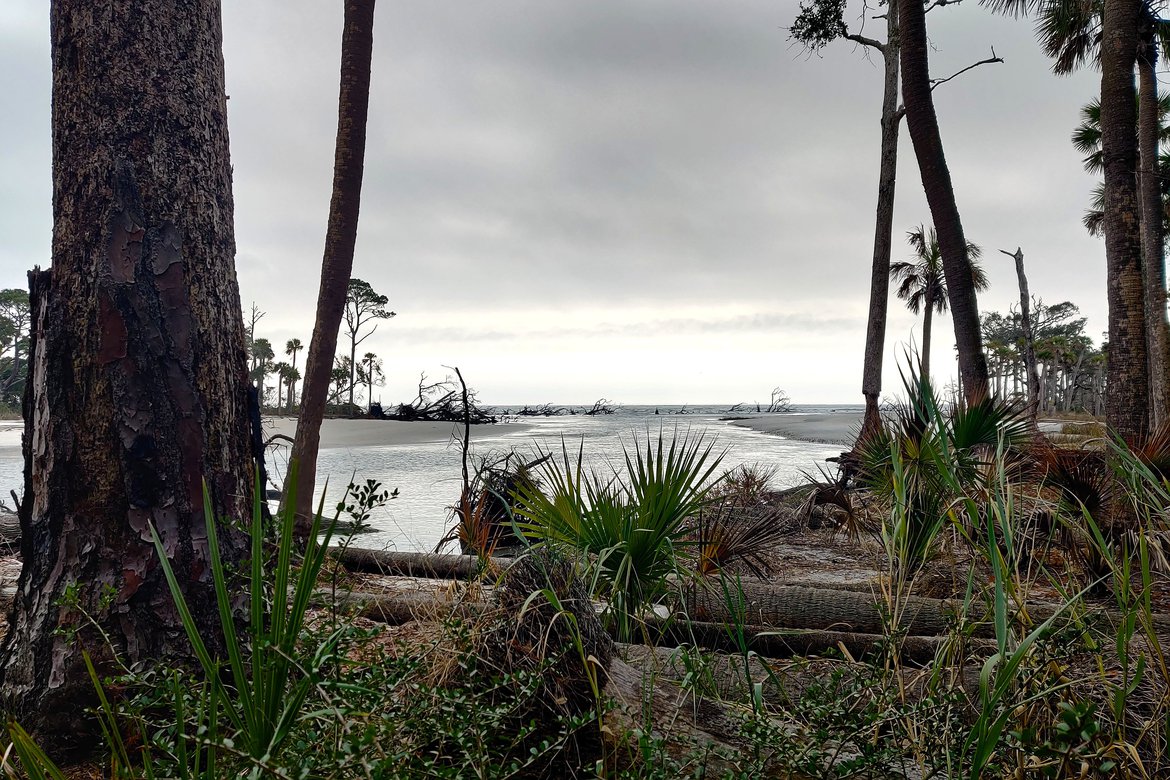
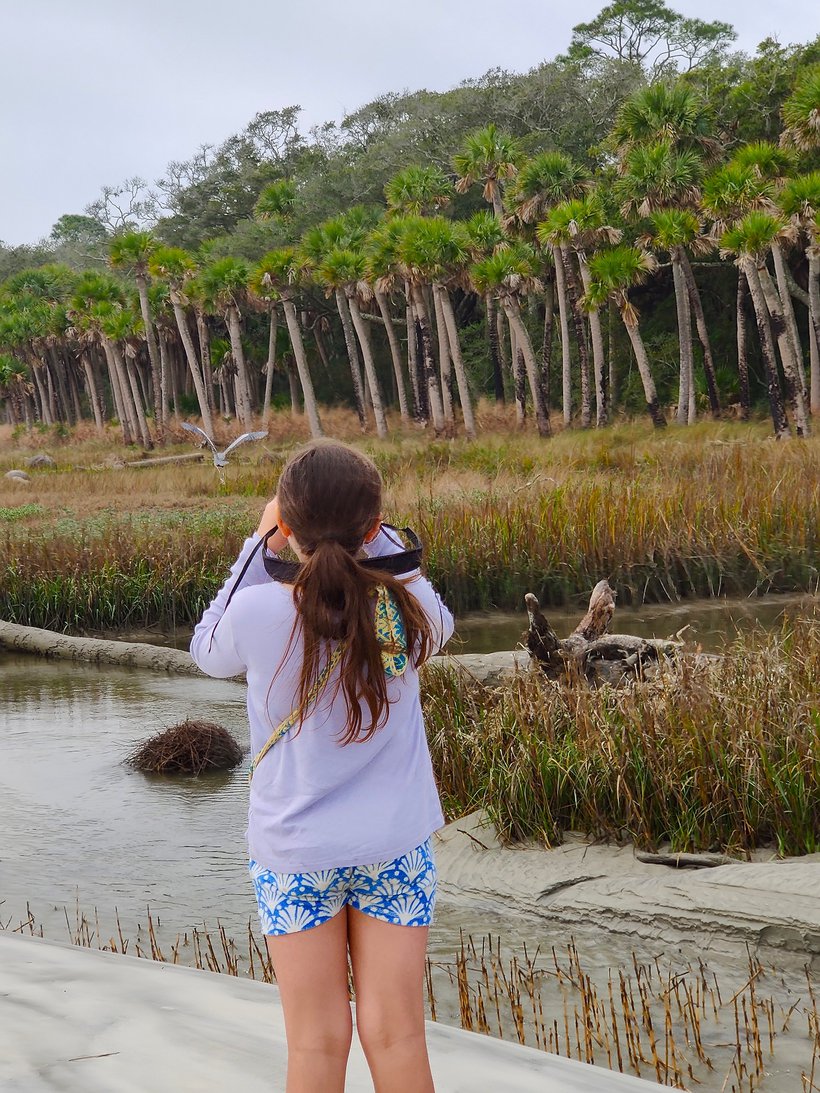
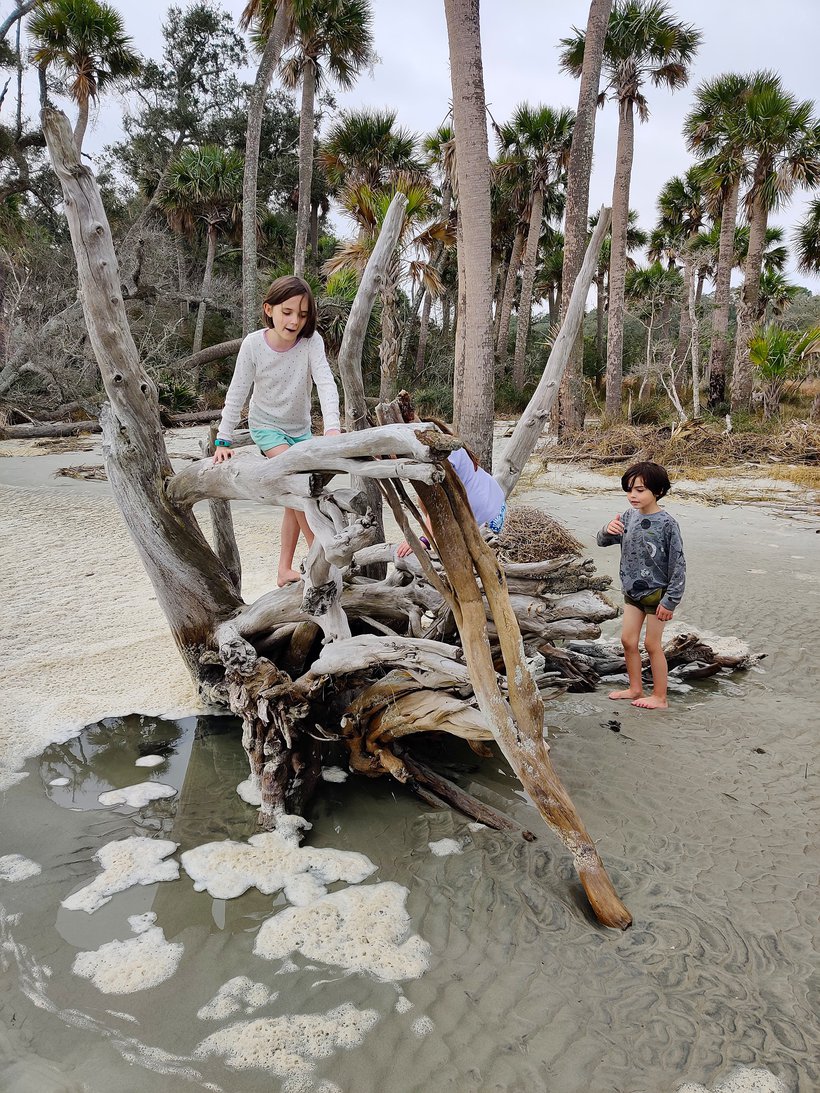

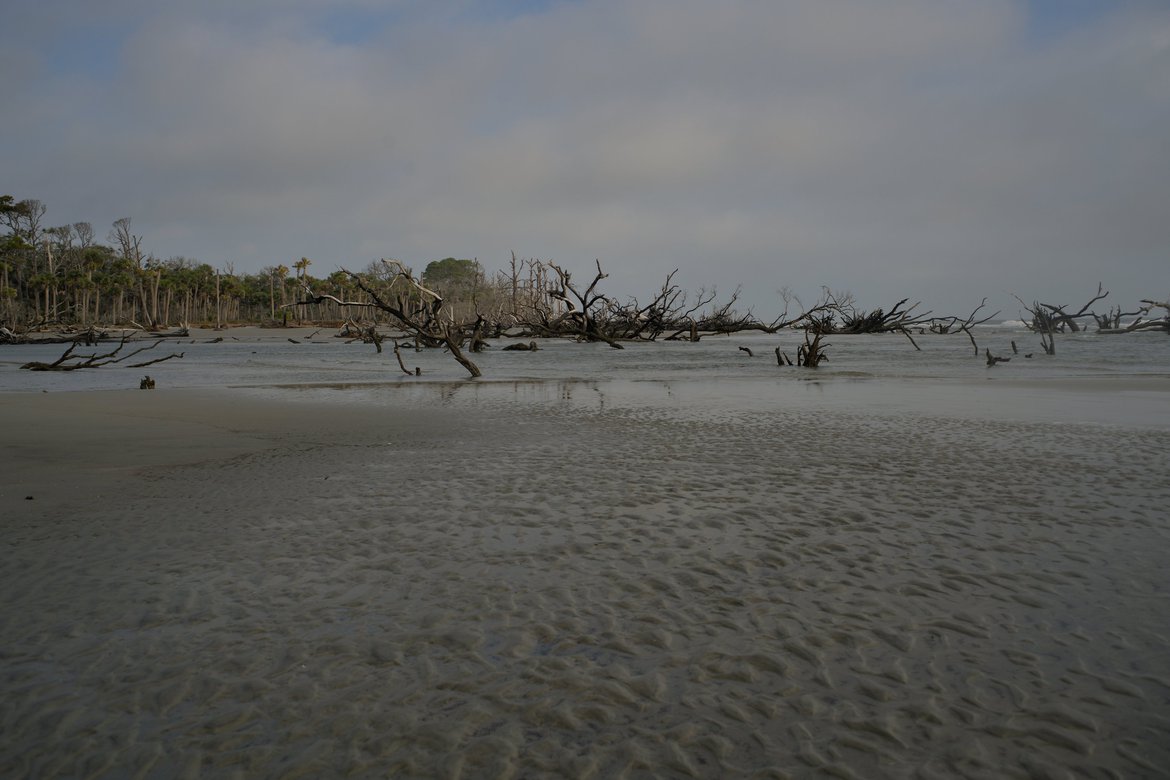
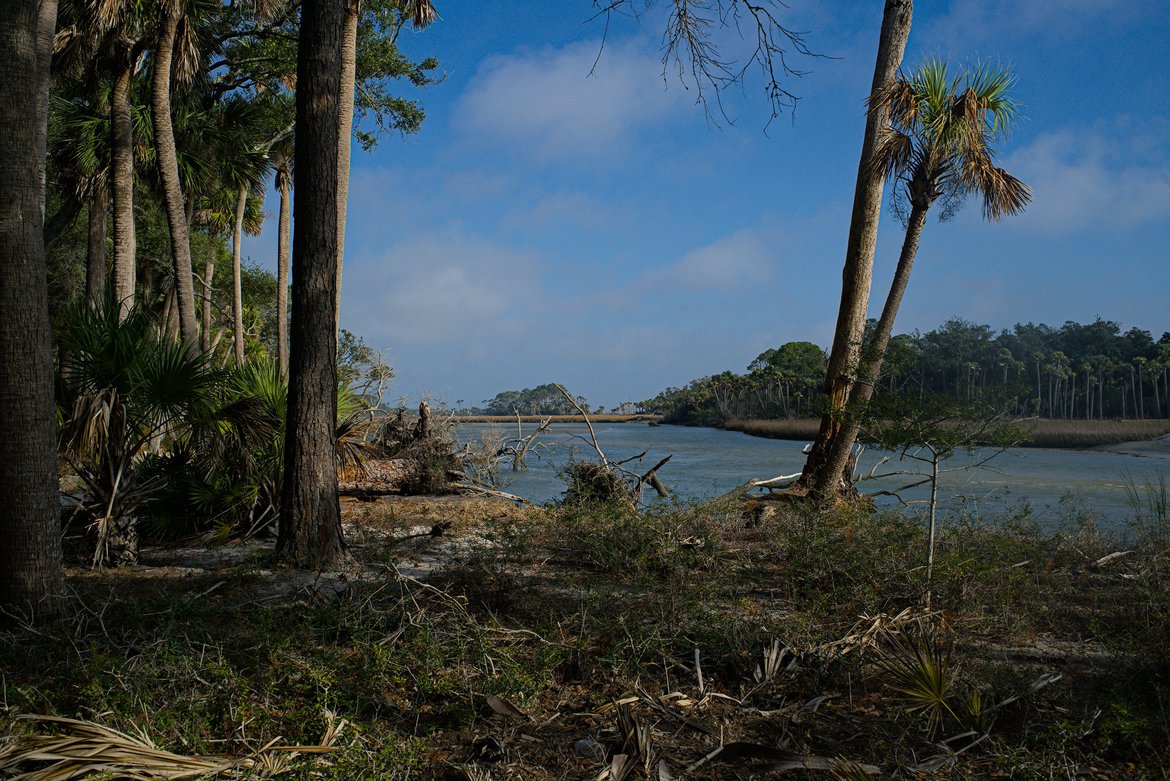
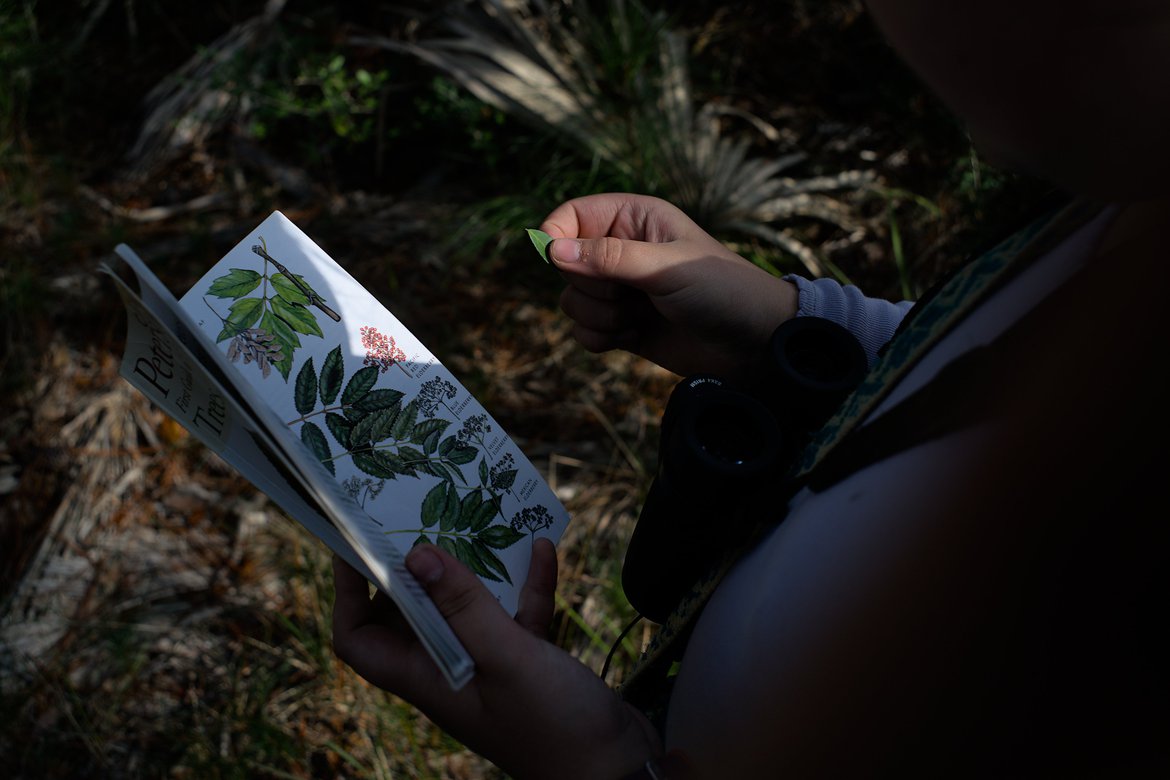
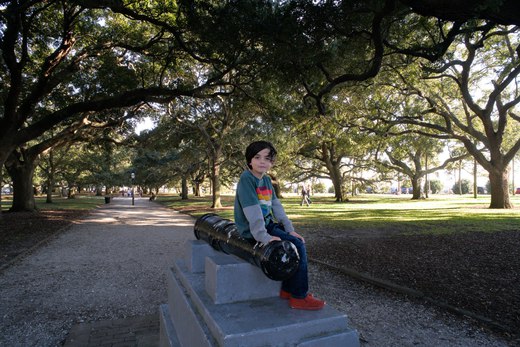

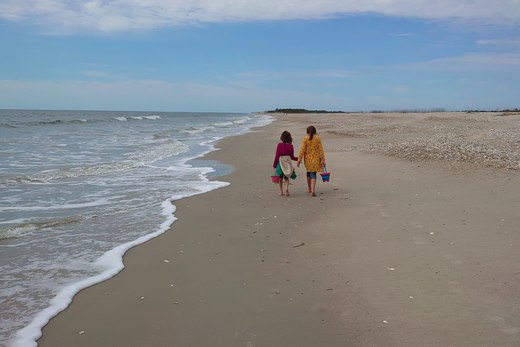
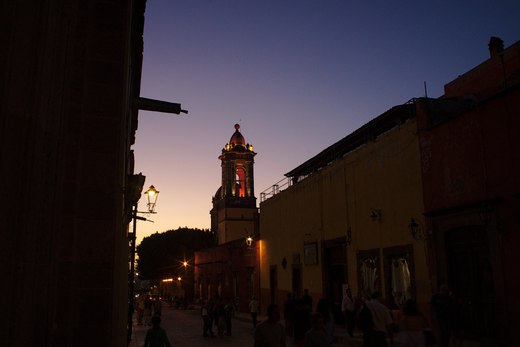
2 Comments
That second photo is magic
@drew-
Thank you!
Thoughts?
Please leave a reply:
All comments are moderated, so you won’t see it right away. And please remember Kurt Vonnegut's rule: “god damn it, you’ve got to be kind.” You can use Markdown or HTML to format your comments. The allowed tags are
<b>, <i>, <em>, <strong>, <a>. To create a new paragraph hit return twice.